The circuit is in a steady state.
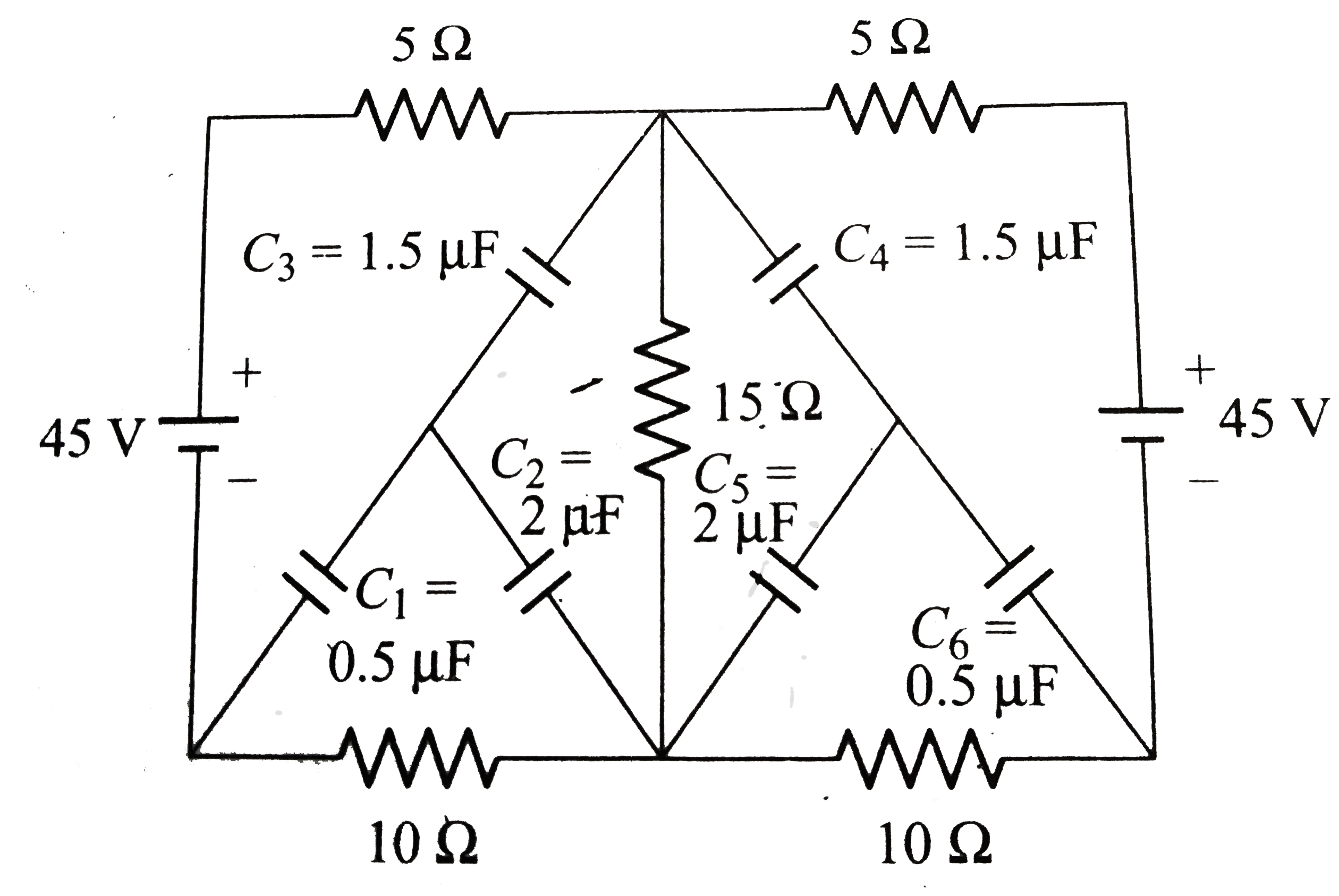
The charge in capacitor C1 is
20μC
30μC
40μC
10μC
The correct Answer is:D
d. At steady state, the circuit will be simplified to the following circuit :
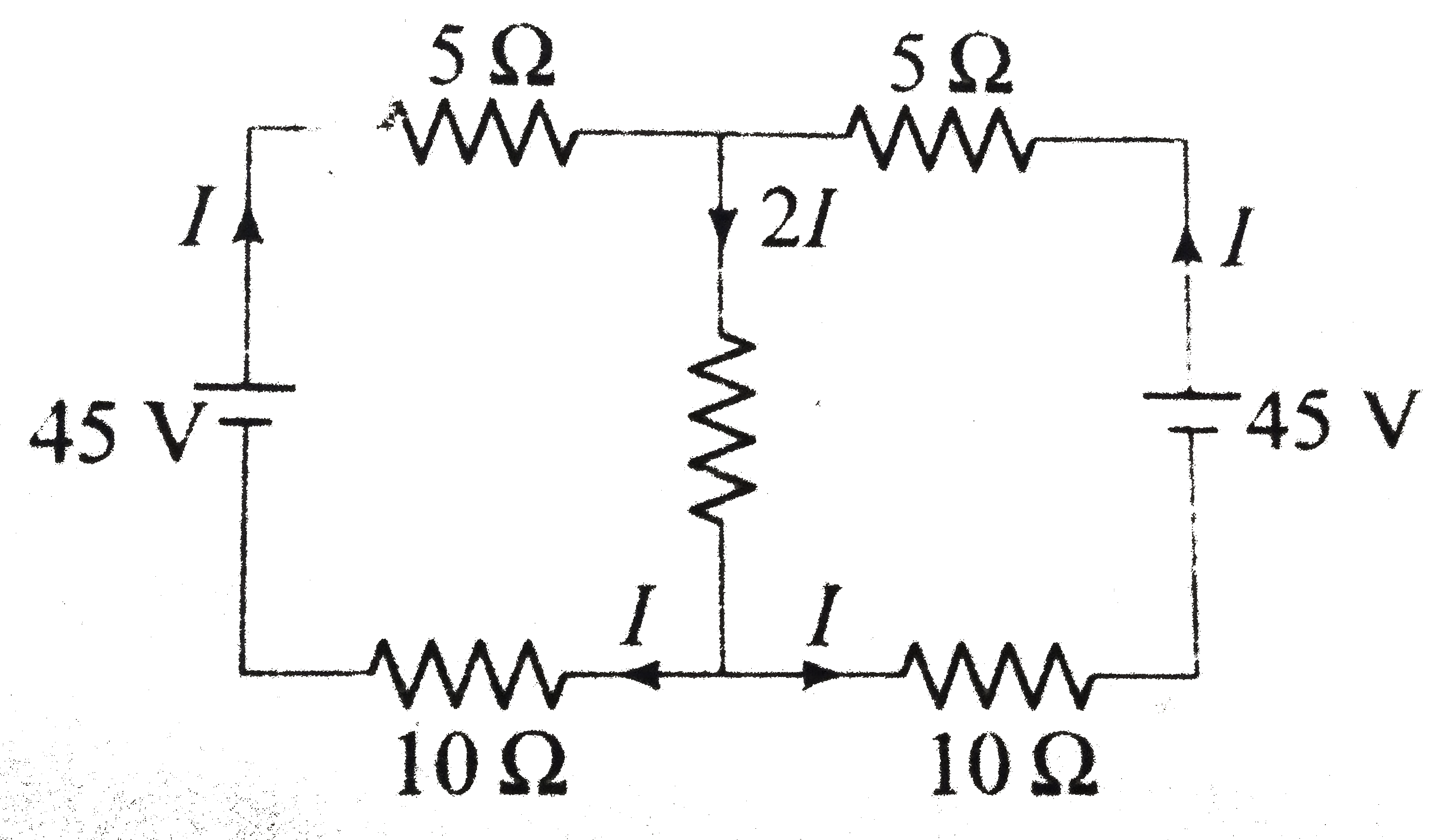
Using Kirchhoff's law, we can
calculate I=1A .
Further using Kirchhoff's law in
original circuit, we can calculate
charges on different capacitors.
Topper's Solved these Questions
- BOOK - CENGAGE PHYSICS ENGLISHCHAPTER - MISCELLANEOUS VOLUME 3EXERCISE - Interger Answer type20videos
MISCELLANEOUS VOLUME 3
- BOOK - CENGAGE PHYSICS ENGLISHCHAPTER - MISCELLANEOUS VOLUME 3EXERCISE - Fill in the blanks10videos
MISCELLANEOUS VOLUME 3
- BOOK - CENGAGE PHYSICS ENGLISHCHAPTER - MISCELLANEOUS VOLUME 3EXERCISE - Assertion and Reason Type8videos
MISCELLANEOUS VOLUME 3
- BOOK - CENGAGE PHYSICS ENGLISHCHAPTER - MAGNETIC FIELD AND MAGNETIC FORCESEXERCISE - Multiple Correct Answer type2videos
MAGNETIC FIELD AND MAGNETIC FORCES
- BOOK - CENGAGE PHYSICS ENGLISHCHAPTER - MISCELLANEOUS VOLUME 5EXERCISE - Integer12videos
MISCELLANEOUS VOLUME 5
Similar Questions
The circuit is in a steady state.
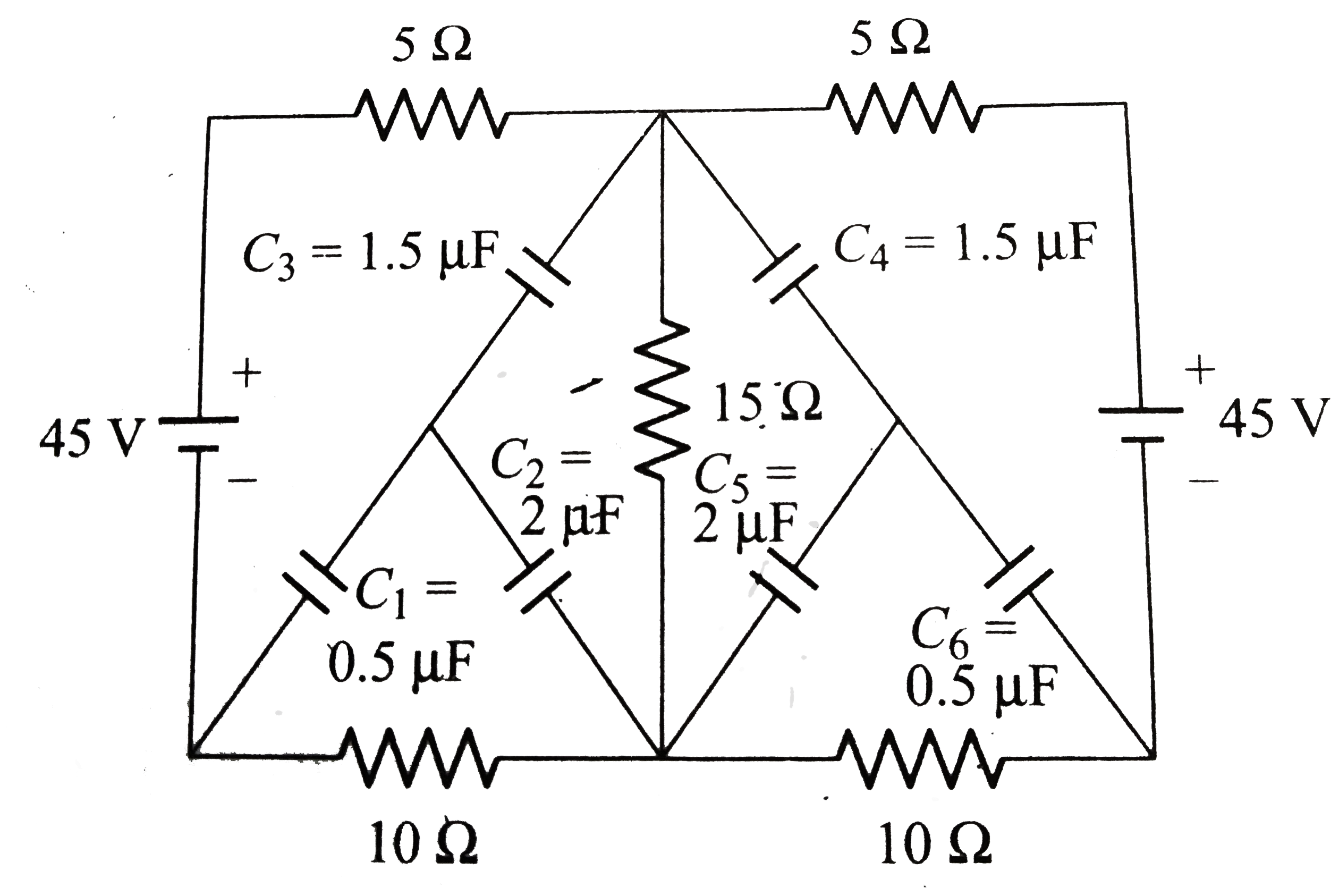
The charge in capacitor C2 isView SolutionThe circuit is in a steady state.
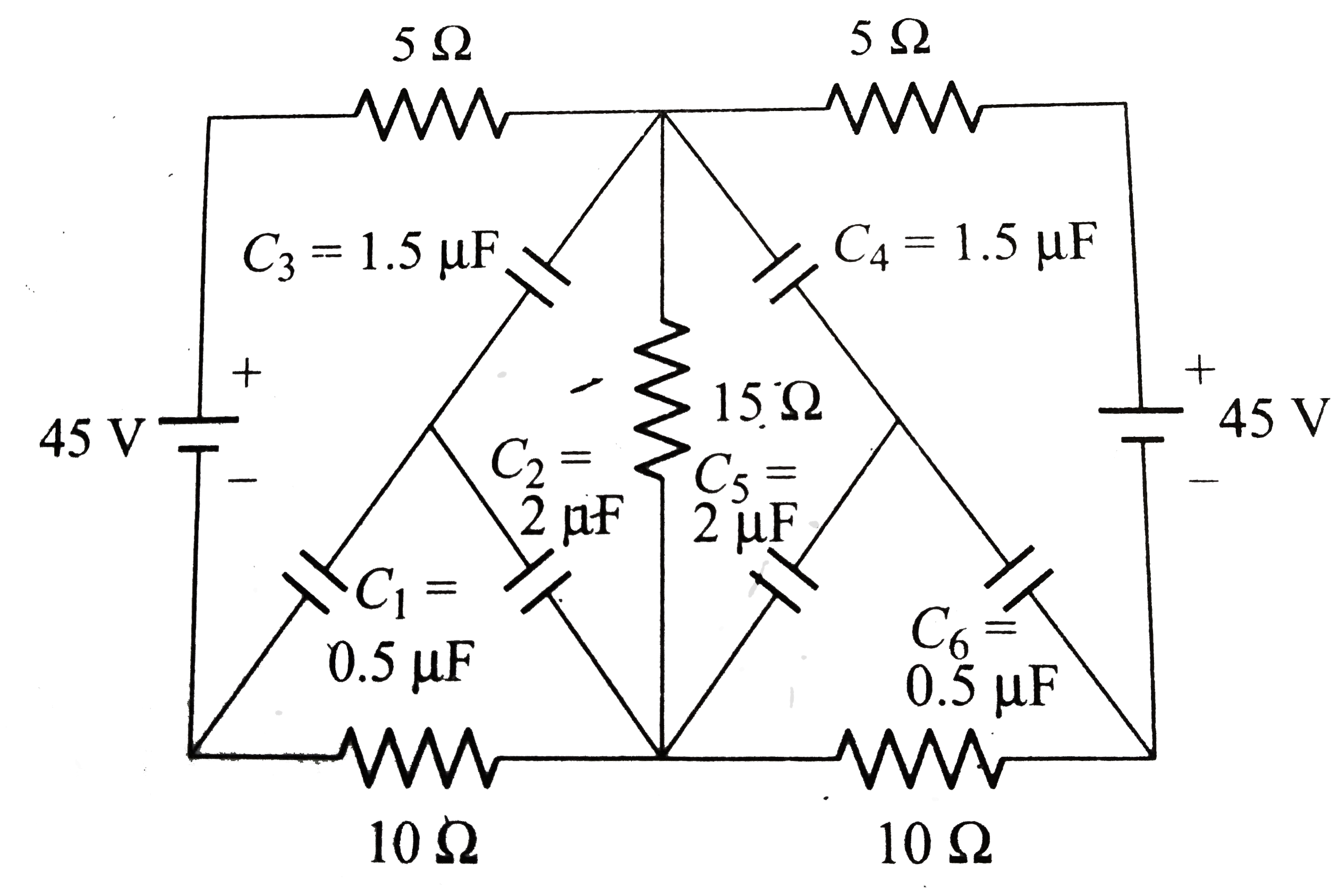
The charge in capacitor C3 isView SolutionConsider the circuit shwon in fig. The circuit is in steady state.
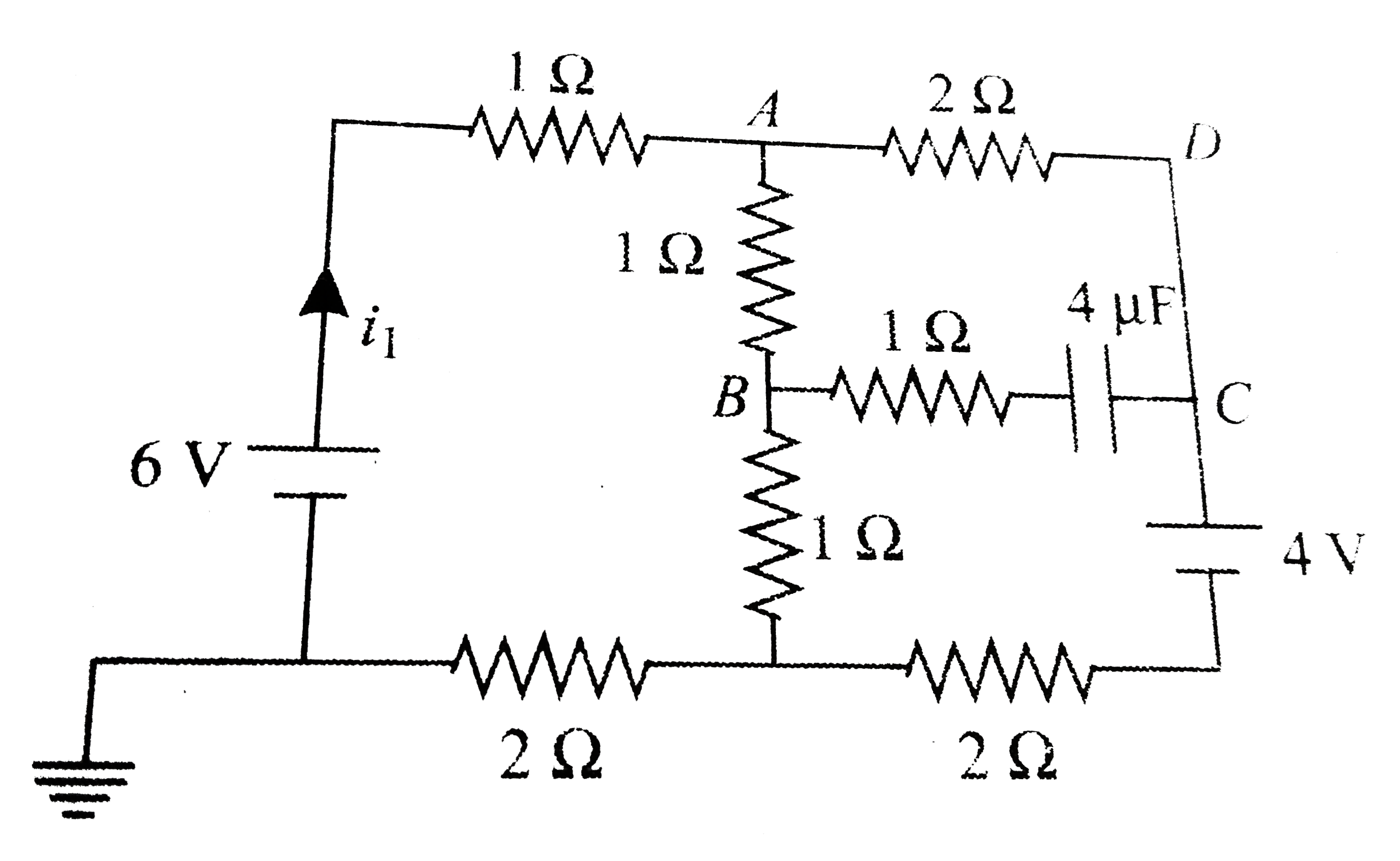
The charge in capacitor isView SolutionFind the current in each branch f the given circuit in steady state. Find the charge on each capacitor.
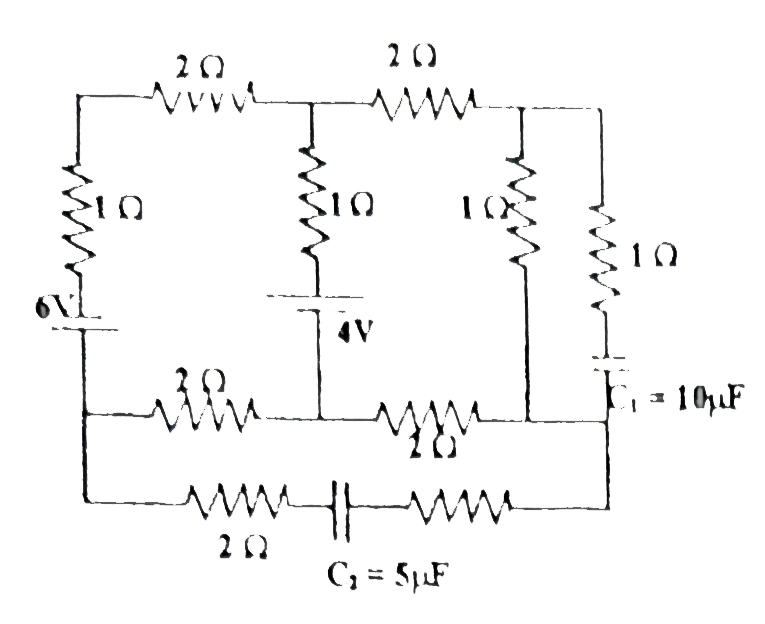 View Solution
View SolutionIn steady state, find the charge on 3μF capacitor in μC
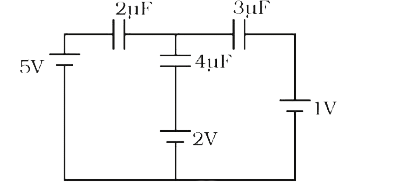 View Solution
View SolutionThe circuit shown in fig 5.223 is in steady state.
find the charges on the capacitors C1andC2 respectively.
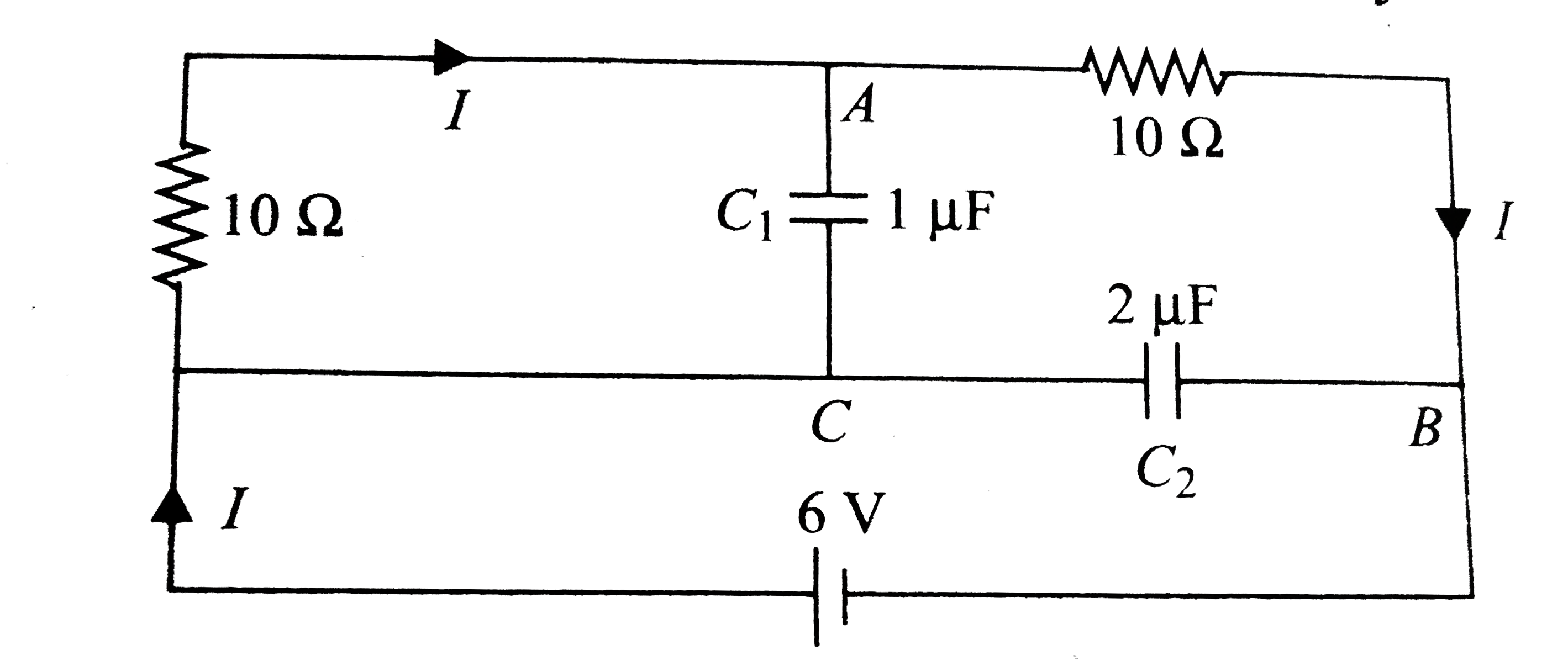 View Solution
View SolutionIn the circuit shown in the figure, in steady state:
The charge on 5μF capacitor isView SolutionThe circuit consists of two resistors (of resistance R1=20Ω and R2=10Ω), a capacitor (of capacitance C=10μF) and two ideal cells. In the circuit shown the capacitor is in steady state and the switch S is open
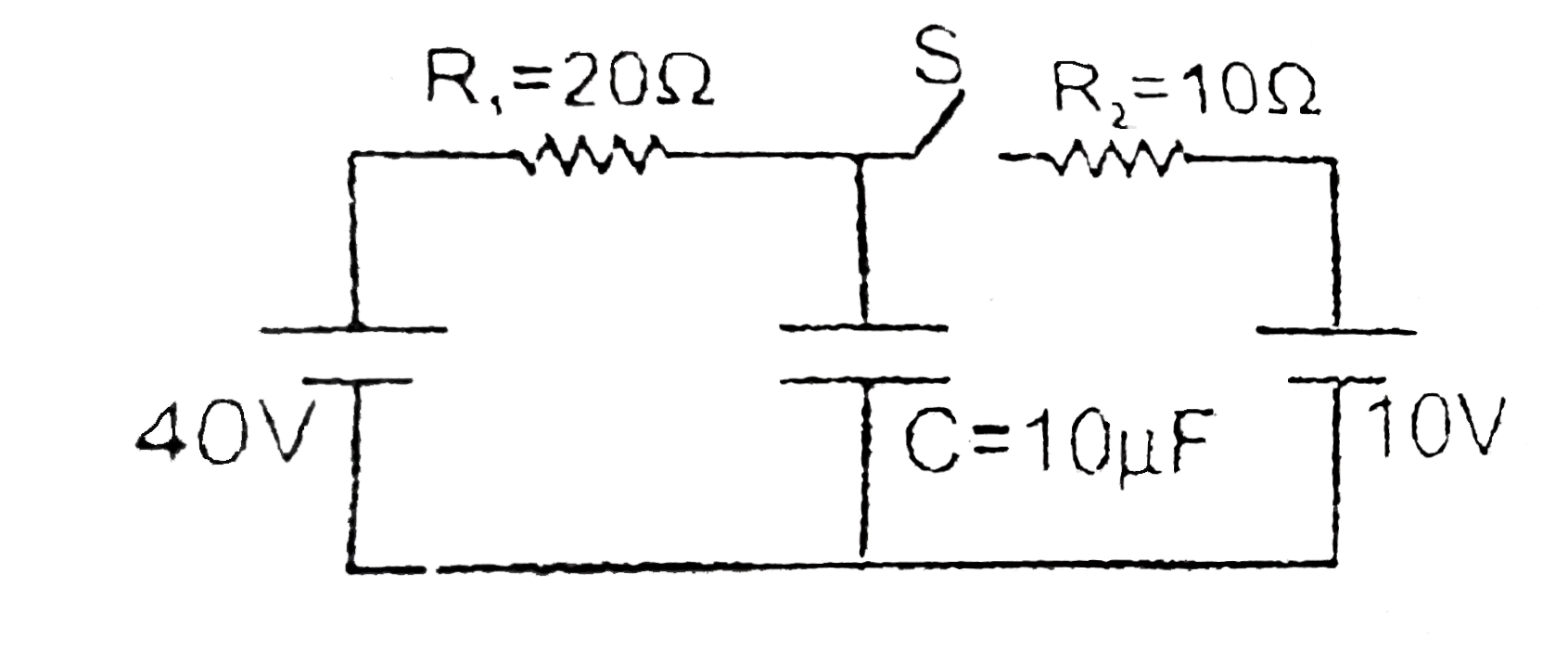
The charge on capacitor in steady state with switch S closed.View SolutionConsider the circuit shwon in fig. The circuit is in steady state.
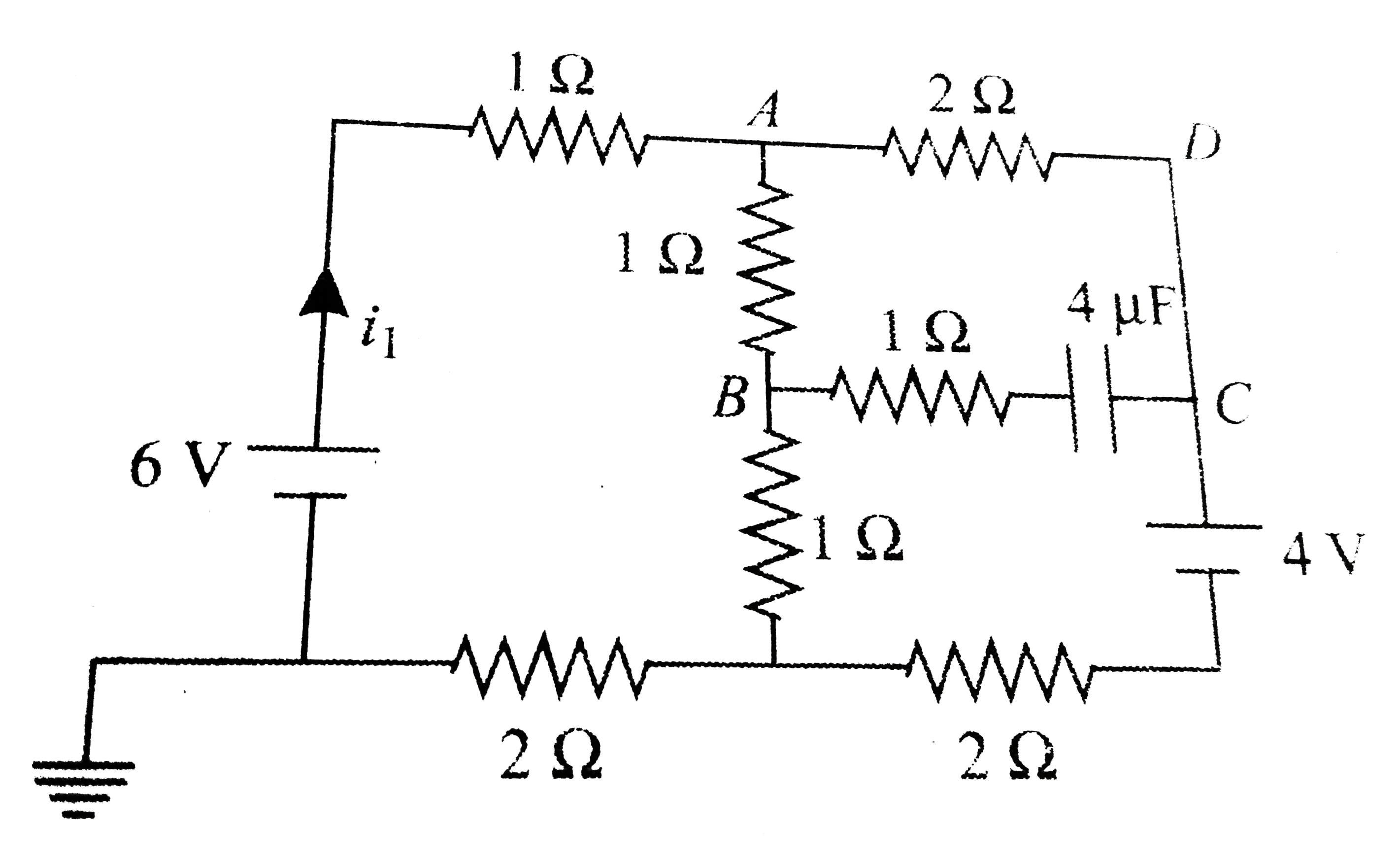
The potential of point B isView SolutionFind the current flowing through the branch AC in the steady state as also the charge on the capacitor C. If the externally applied potentials are now withdrawn, how will the charge on the capacitor vary as a function of time?
(R=1kΩ,C=10μF)
 View Solution
View Solution

